Pianos are one of the most popular instruments globally, and for a good reason, they sound amazing! However, if your piano keyboard won’t turn on, it will not do you much good. Unfortunately, most people have no idea how to fix a piano keyboard that won’t turn on. But don’t worry, we’re here to help.
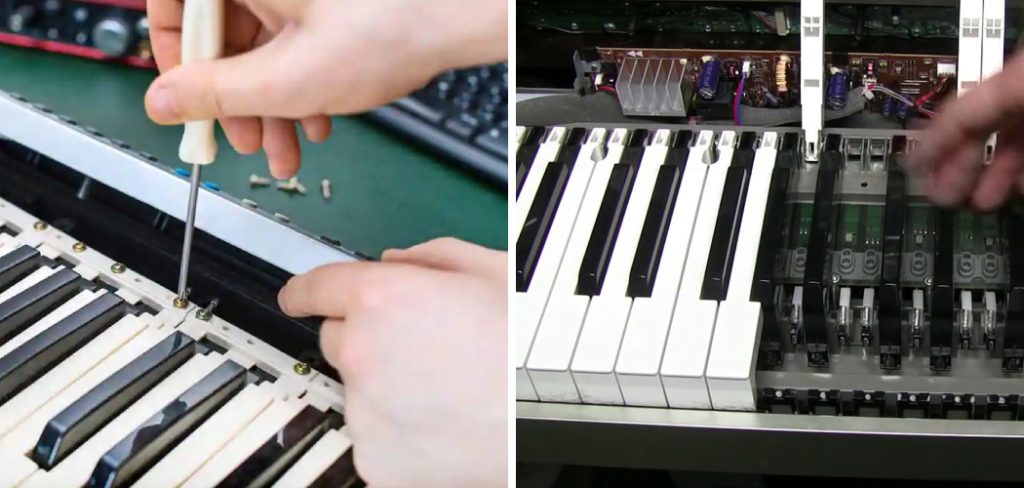
If you have a piano keyboard that won’t turn on, you can do a few things to try to solve the problem. In this article, we’ll walk you through the steps to take on how to fix a piano keyboard that won’t turn on. We’ll also explain why your keyboard might not be turning on in the first place. So, if you’re having problems with your keyboard, read on for some helpful tips.
Summary: If your piano keyboard doesn’t turn on, it can be fixed with a few troubleshooting steps. First, check the power supply and connections. Then inspect the keyboard for any visible signs of damage and test it to ensure it works. Additionally, check the MIDI settings and disconnect the piano from the power outlet before using a multimeter to test for power.
10 Reasons That Causes Piano Keyboard to Not Turn on
1. Dead Power Supply:
If the power source does not supply electricity to the keyboard, the keyboard will not turn on. To test if the power source is working, plug another device such as a lamp into the same outlet and see if it turns on. If it does, the issue is with the piano keyboard and not the power source. If the power source does not supply electricity to the keyboard, the keyboard will not turn on.
To test if the power source is working, plug another device such as a lamp into the same outlet and see if it turns on. If it does, the issue is with the piano keyboard and not the power source.
2. Loose or Damaged Power Cord:
The keyboard will not turn on if the power cord is not plugged in properly or if the cord is damaged. Check to make sure the cord is plugged in all the way and that there are no loose or exposed wires. If the cord is damaged, you will need to replace it.
3. Bad Fuse:
The keyboard has a fuse that may be blown. To check this, locate the fuse on the back or bottom of the keyboard and remove it. If the fuse is black or broken, it needs to be replaced.
4. AC Adapter Not Plugged in:
Some keyboards require an AC adapter to be plugged in for them to work. If the AC adapter is not plugged in or is loose, the keyboard will not turn on. So check to make sure the AC adapter is firmly plugged into the keyboard. How to check if the AC adapter is plugged in?
On most keyboards, there will be a light that turns on when the AC adapter is plugged in. This light is usually located near the keyboard’s power switch. If this light is not on, then the AC adapter is not plugged in correctly or at all. Another way to check if the AC adapter is plugged in is to look at the back of the keyboard.
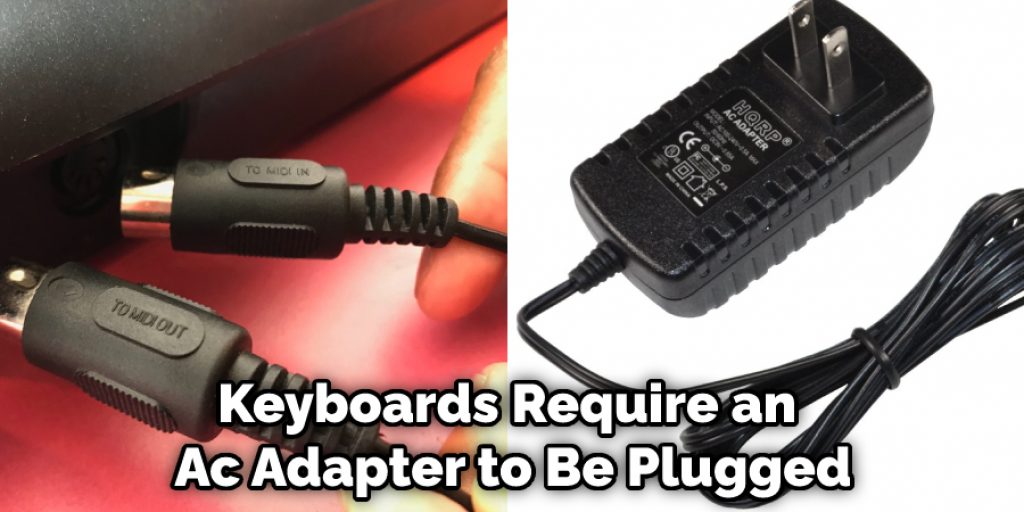
5. Damaged On/Off Switch:
If the on/off switch is damaged, the keyboard will not turn on. To check if the switch is damaged, try moving it back and forth to see if it makes a clicking sound. If it does not click or feels loose, the switch will need to be replaced. The keyboard is not responding to any input.
6. Out of Batteries:
If the keyboard uses batteries, it may not receive enough power to turn on. Try replacing the batteries with fresh ones and see if that solves the problem. If the keyboard still doesn’t turn on, there may be an issue with the battery compartment or the wiring.
7. Power Cord Wiring Issue:
If the wiring in the power cord is frayed or damaged, it could be causing the keyboard not to turn on. Inspect the power cord for any signs of damage and replace it if necessary.
8. Bad Battery Compartment:
If the keyboard uses batteries and won’t turn on, there may be an issue with the battery compartment. First, check to see if the contacts are clean and that the batteries are snugly in place. If they seem loose, try tightening them. If the problem persists, you may need to replace the battery compartment.
9. Damaged Keyboard Components:
If the keyboard was dropped or otherwise damaged, it could be causing the keyboard not to turn on. Inspect the keyboard for any visible damage and if you see any, try to repair it. If the damage is severe, you may need to replace the keyboard.
10. Dead Transformers:
If the keyboard has transformers, they may be burned out and need to be replaced. To check this, locate the transformers on the back or bottom of the keyboard and remove them. If they are black or have burn marks, they need to be replaced. If your keyboard still doesn’t turn on after trying these troubleshooting tips, you may need to take it to a professional for repairs.
What Tools and Supplies You’ll Need?
You’ll need a few tools and supplies to fix a piano keyboard that won’t turn on. Here’s what you’ll need:
- A Phillips head screwdriver
- A flathead screwdriver
- A small hammer
- A can of compressed air (optional)
Step by Step Guide: How to Fix a Piano Keyboard That Won’t Turn on
Step 1: Check the Power Supply.
Ensure that the power cord is plugged into an outlet and that the switch is turned on. If the keyboard is battery-operated, ensure the batteries are fresh and inserted correctly.
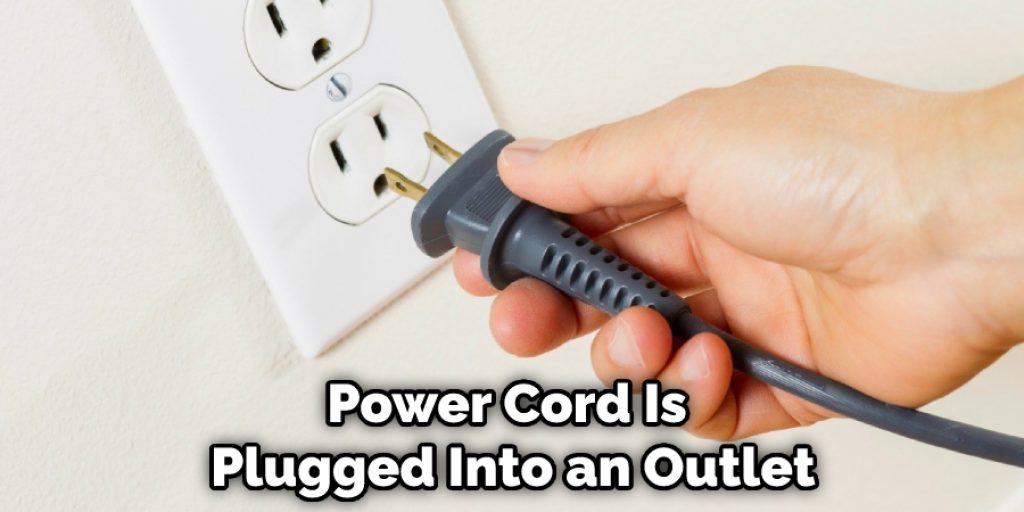
Step 2: Check the Connections.
If the keyboard is plugged into a power strip or surge protector, ensure that the power strip or surge protector is turned on. If the keyboard is plugged directly into an outlet, check to see if the outlet is working by plugging in another appliance.
Step 3: Inspect the Keyboard.
Visually inspect the keyboard for any damage. Check to see if any of the keys are stuck down or if anything is blocking the keys from moving freely. If you see any dirt or debris on the keyboard, use a can of compressed air to blow it out. Be sure to hold the can upright so that the compressed air doesn’t freeze the keyboard.
Step 4: Test the Keyboard.
Once you’ve checked the power supply, connections, and keyboard itself, it’s time to test the keyboard. First, try pressing a few keys to see if they make a sound. If they don’t, there may be a problem with the keyboard itself.
Step 5: Check the MIDI Settings.
If you’re using a MIDI keyboard, ensure the MIDI settings are correct. In particular, check the MIDI input and output devices. If they’re not set up correctly, the keyboard won’t work.
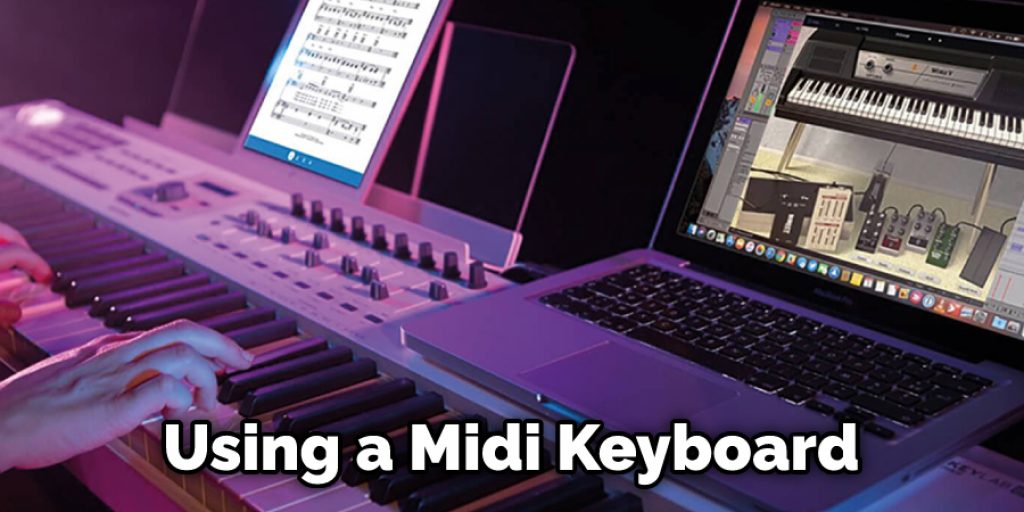
Step 6: Disconnect Piano From Power Outlet.
If your piano is connected to a power outlet, try disconnecting it and reconnecting it. This sometimes works when the power outlet is loose.
Step 7: Use a Multimeter to Test for Power.
You can test for power at the piano’s power cord plug if you have a multimeter. Set your multimeter to measure AC voltage and touch the probes to the two metal prongs on the plug. If you don’t get a reading, the outlet may not be providing power.
Step 8: Call a Piano Technician.
If you’ve tried all of the above steps and your keyboard still won’t turn on, it’s time to call a piano technician. They’ll be able to diagnose the problem and get your keyboard up and running in no time.
You Can Check It Out to Fix a Clicking Cd Player
Some Helpful Tips and Suggestions to Maintain Your Keyboard
- 1Use a soft, dry cloth to clean your keyboard. Avoid using any harsh chemicals or abrasives.
- 2If you spill something on your keyboard, wipe it up immediately with a clean, dry cloth.
- Do not expose your keyboard to extreme temperatures or direct sunlight.
- Be careful when transporting your keyboard to avoid dropping it or subjecting it to other jarring impacts.
- If your keyboard is not functioning properly, consult the manufacturer’s website or a qualified technician for assistance.
- Regularly inspect your keyboard for any loose or broken parts.
- Always store your keyboard in a safe, dry place when not in use.
- Do not attempt to disassemble or repair your keyboard yourself. This could void the warranty and cause further damage.
Can a Piano Keyboard Be Fixed?
Most piano keyboards can be fixed if they are not working properly. The first thing you need to do is check the power source. Ensure the power cord is plugged into a working outlet and that the switch is turned on. If the keyboard still does not turn on, there may be a problem with the keyboard itself.
If the power cord is plugged in and the keyboard still does not turn on, you will need to open up the keyboard. First, unplug the power cord from the keyboard. Next, remove the screws that hold the back panel in place. Once the back panel is removed, you will be able to see the keyboard’s circuit board.
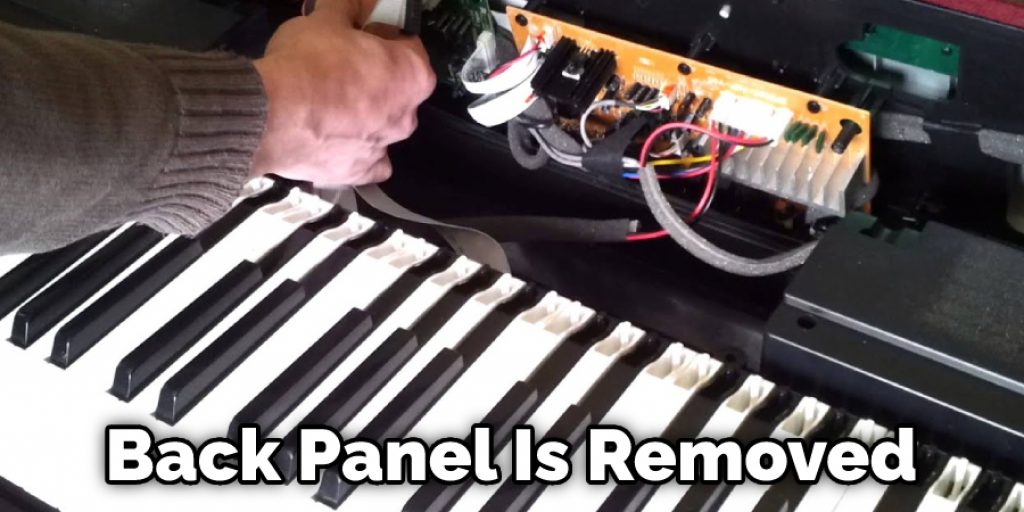
Check all of the connections to the circuit board. Make sure that none of the wires are loose. If any of the wires are loose, you can try to tighten them with a screwdriver. If the problem persists, you may need to replace the circuit board.
Frequently Asked Questions
How Long Do Piano Keyboards Last?
– Pianos are often tuned and repaired regularly, so the average piano keyboard will last around 10 to 12 years.
– In extreme cases, some pianos have been known to last up to 50 years with proper maintenance.
Why Is My Electric Piano Not Turning on?
If you’re having trouble turning on your electric piano, there are a few things that you can do to troubleshoot the issue. The first step is to check if the power is actually turned on at all. Try plugging in your instrument and turning off all other devices in your home before trying to turn on the electric piano again. If it still doesn’t work, try cleaning any dust or debris from the inside of the piano with a vacuum cleaner. Finally, double-check for loose connections by inserting an ohmmeter into each connector and checking for voltage readings.
Can a Piano Keyboard Be Fixed?
While it is possible to fix a piano keyboard, this may not be the best option for you. In fact, depending on the extent of damage, it might not be possible to repair or replace the entire instrument. If you are only experiencing minor issues with your keyboard, such as intermittent keys that don’t work properly, then an adjustment or replacement might still be feasible. However, if the problem is more significant and affects multiple keys or strings throughout the instrument, then repairing or replacing the entire keyboard may be your best bet.
There are many services available that can help you with this type of repair (or replacement), including online resources like RepairPianoLines and PianosRequestMeFixIt. Before making any decisions, however, ask around for recommendations from friends and family members who have experience working on pianos. Additionally, do some online research to find qualified professionals in your area before taking anything lightly!
Do Electric Pianos Need Maintenance?
Yes, electric pianos do in fact need maintenance. This includes regular tune-ups and adjustments to make sure they are playing properly and sound their best. Without regular maintenance, your piano may not function at its best and may even need to be repaired or replaced. Here are some tips on how to keep your electric piano in good condition:
- Check the strings – It’s important to check the strings every few weeks or so to make sure they are not corroded or frayed. This will not only affect the sound of your piano, but it can also lead to damage that needs to be fixed.
- Adjust the action – In order to keep the action (the distance between the keys and the strings) at a proper level, it is usually necessary to adjust it every few months or so. This can be done by loosening or tightening the screws that hold the action in place.
- Check for damages – If you notice any major damages on your piano, it is important to get it fixed as soon as possible. This includes anything from missing keys or wires to serious structural damage.
Conclusion
If your piano keyboard doesn’t turn on, there are a few things you can do to try and fix it. First, make sure that the power cord is plugged in properly. Check the fuse box to see if the outlet has blown a fuse; if that doesn’t work.
If it has, replaces the fuse and try turning on the keyboard again. If neither of those solutions works, it’s possible that something is wrong with the power supply or an issue with the wiring inside the keyboard itself.
In this case, you’ll need to take your keyboard to a technician for repair. We hope this article was helpful. If you have any further questions, please don’t hesitate to reach out to us. And if you know of any other tips on how to fix a piano keyboard that won’t turn on, please share them with us in the comments below!
You May Also Read: How to Fix Sticky Piano Keys
